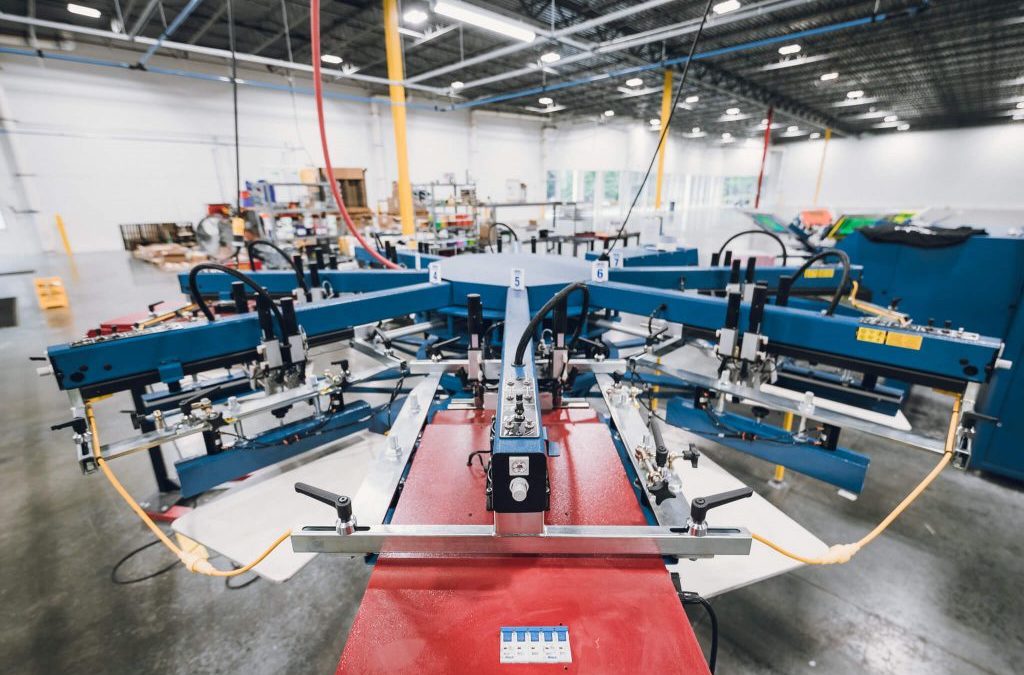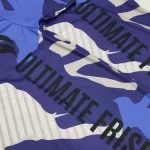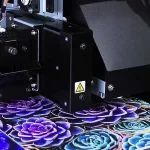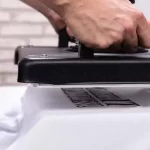Technology aided printing is challenging the way today’s t-shirts are printed. Today’s modern Direct To Garment (DTG) printing machines are becoming more efficient, reliable, intelligent, and economical than time honoured traditional printing methods such as silkscreen and heat transfer printing.
Is it a matter of time before h-tech printing technologies such as direct to garment (DTG) printing eclipses both silkscreen printing and heat transfers as the most popular method?
Our goal in this article is to take a close look at both silkscreen & Direct To Garment printing to see if DTG printing is ready in 2021 to become the main printing method for today’s t-shirt print shops.
In our article, we will look at two different criteria involving (1) Speed & Efficiency and (2) color & consistency.
Can DTG Printing replace Silkscreen printing as the most popular method in 2021 for Printing t shirts?
Printing Speed & Efficiency
Silkscreen’s effectiveness in producing high quality, low-cost, printed t-shirts in volume has always been a primary reason why the silkscreen printing method is currently used to produce over 80% of all printed t-shirts.
Over the years, people have industrialized the silkscreen process for mass production, by re-engineered many of the touchpoints and bottlenecks associated with printing large scale orders.
It is amazing to watch how efficient it is to print hundreds of brightly colored, highly detailed t-shirts using the silkscreen process.
Until today, no other printing process that came close to the productivity and efficiency level of silkscreen printing.
As an honourable mention, we will state that Heat Transfer printing was a very distant second place in terms of printing efficiency and productivity.
Recent advances in computer aided technologies and garment printing are now challenging silkscreen printing for them in terms of productivity, quality, and cost-effectiveness.
Lower acquisition costs have allowed t-shirt printing companies to acquire several single print DTG printers which they set up in pods for mass production cycles.
Several DTG printer manufacturing companies such as Kornit Digital, OmniPrint Intl., Aeoon, and M&R are offering multi-platen (multiple head) DTG printers that enable each printer to scale its output.
By adding just one additional print-head the new DTG printers are effectively doubling it is output by 100%. The new DTG printers also offer substantial savings in ink costs, and setup time in addition to their increased operating capacity.
While it appears that Direct To Garment printing is ready to take over Silkscreen printing as the number one method to print t-shirts. There is still one major hurdle that needs to be addressed before DTG printing fully establishes itself as the dominant method for printing t-shirts.
At this time, DTG printing still has a few substantial setbacks in terms of t-shirt pre-treatment, and dwell time. Presently, DTG printing requires a longer time for wet-on-wet applications. DTG printing requires a longer dwell time before it can apply additional coats of ink to a garment.
Presently, several printing machine companies are working to automate the pre-treatment process to shorten dwell times.
Color & Consistency
Silkscreen printing has always been the favourite printing method for many artists such as Andy Warhol and Peter Blake because the technique offers a rainbow of vivid colors and shades. Fortunately, most of the variety of colors and shades that were available for artists are also available for commercial silkscreen printers.
At this time DTG printing does not have the same gambit of colors as silkscreen printing. Currently, several major players such as Epson, M&R, and Kornit have allocated resources to expand the range of colors available to DTG printers.
Currently, several major players such as Epson, M&R, and Kornit have allocated resources to expand the range of colors available to DTG printers. But it will take some time before DTG printing offers the same variations in colors as Silk Screen printing.
Consistency is the backbone of every large scale printshop. As consistency enables confidence in your process and allows you to print large quantity orders with minimal supervision and defects.
Direct To Garment printing offers the best long-term benefits in terms of consistency because the process is computer driven and has less moving parts.
At this time Silkscreen printing still offer better consistency as its methods have been tried and tested for over one-half century.
DTG printing still has to catch up to do as this method is still advancing leaps and bounds and the years of refinement are lacking.
We expect over the next few years for Direct to Garment printing to overtake Silkscreen printing in terms of production, efficiency, color and consistency.
It would be a good idea for t-shirt printing companies to keep a close eye on the current and future advances of Direct to Garment machines.
Knowing when to acquire such a printer may offer your company a significant strategic advantage over your competitors.






